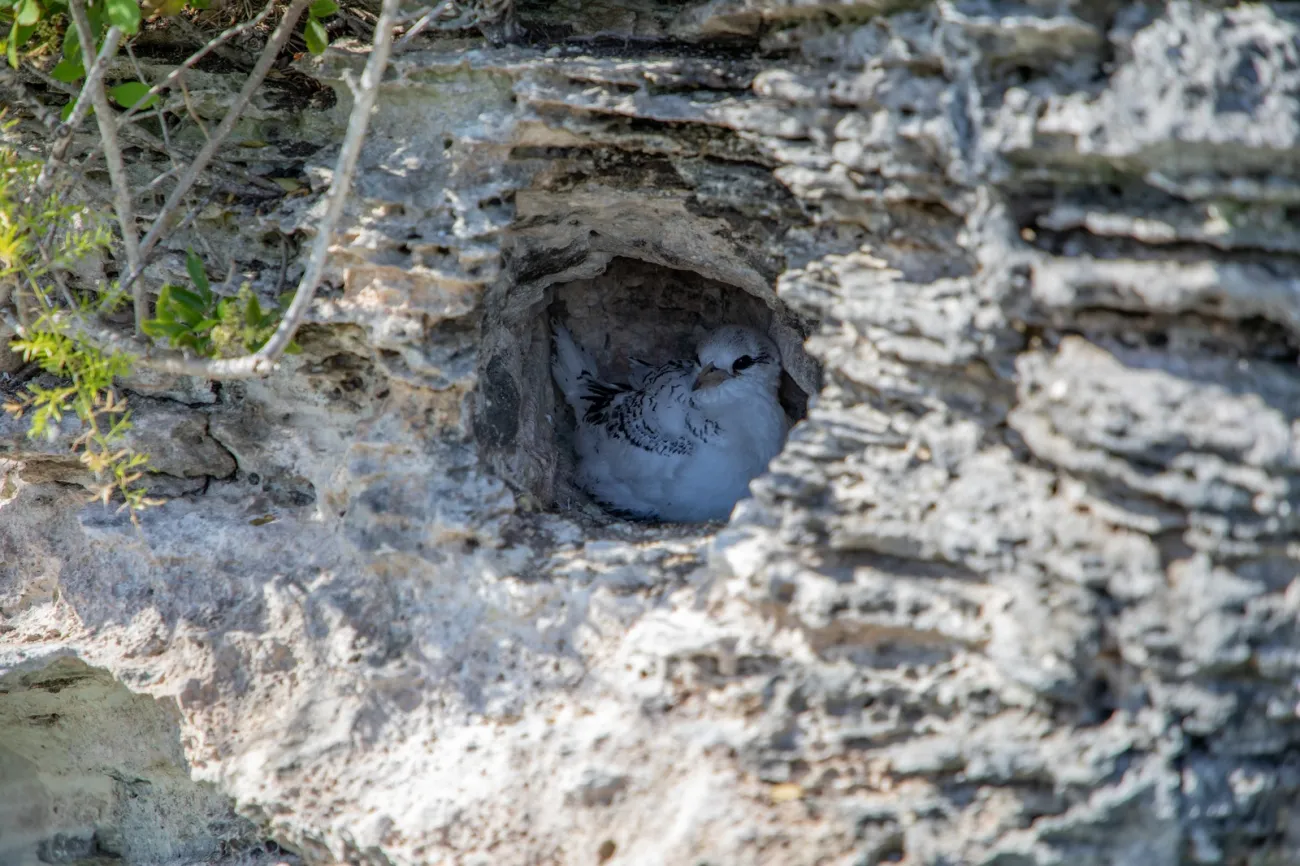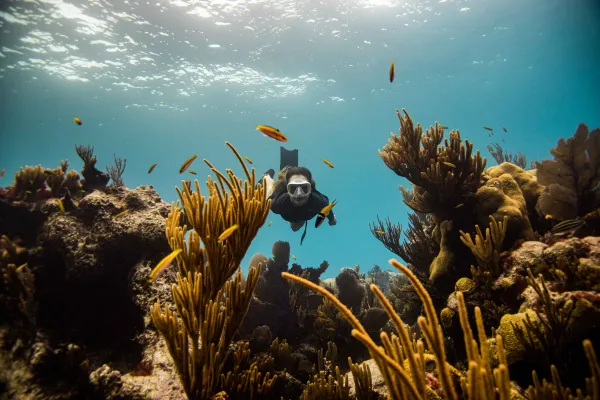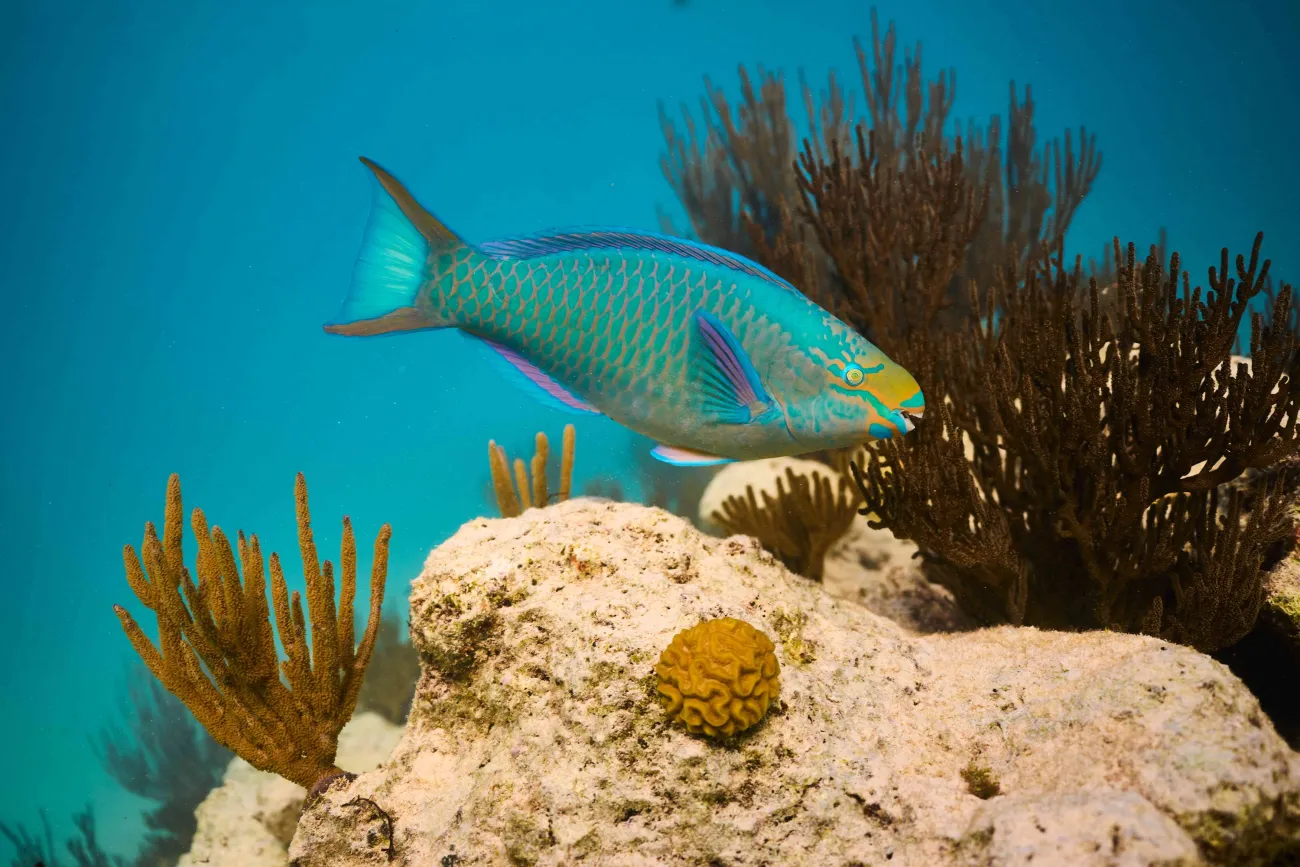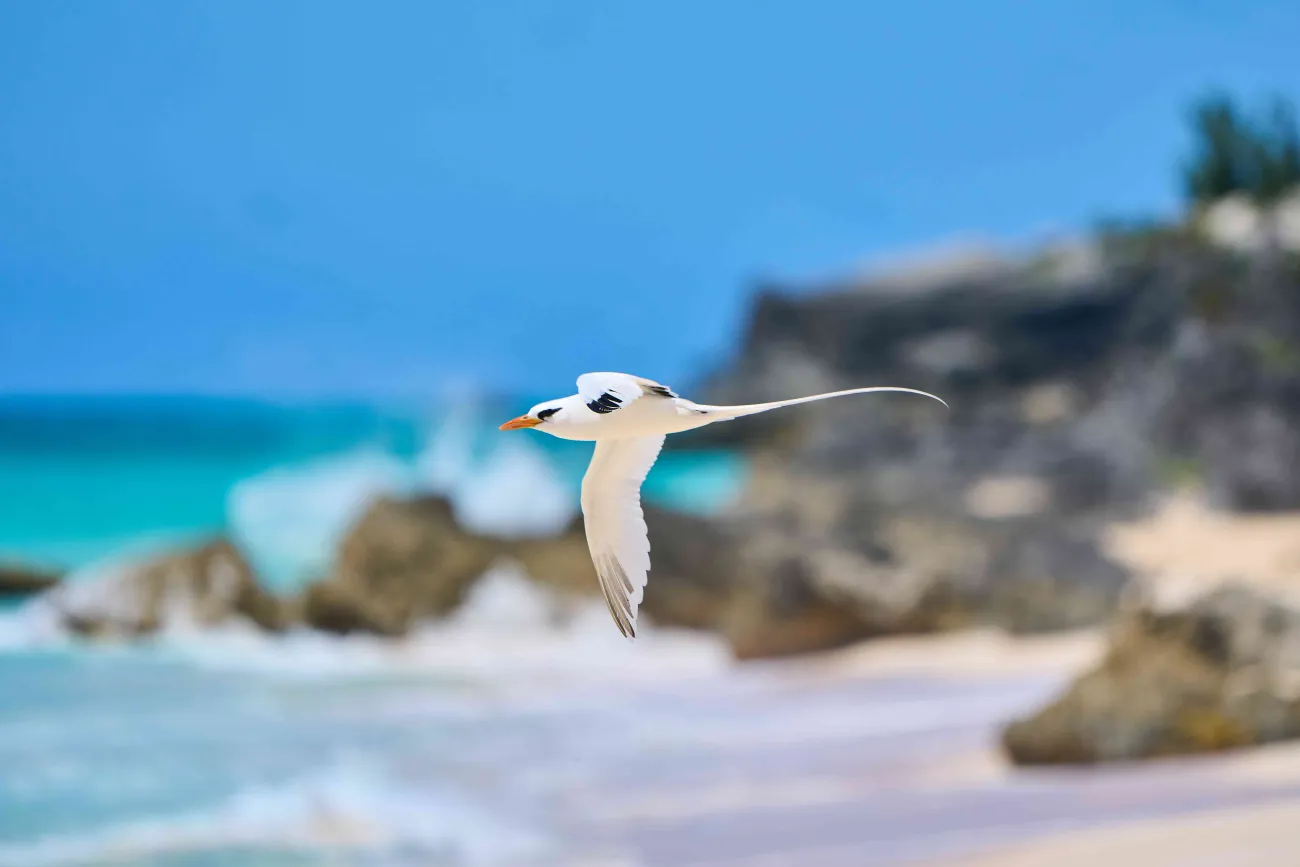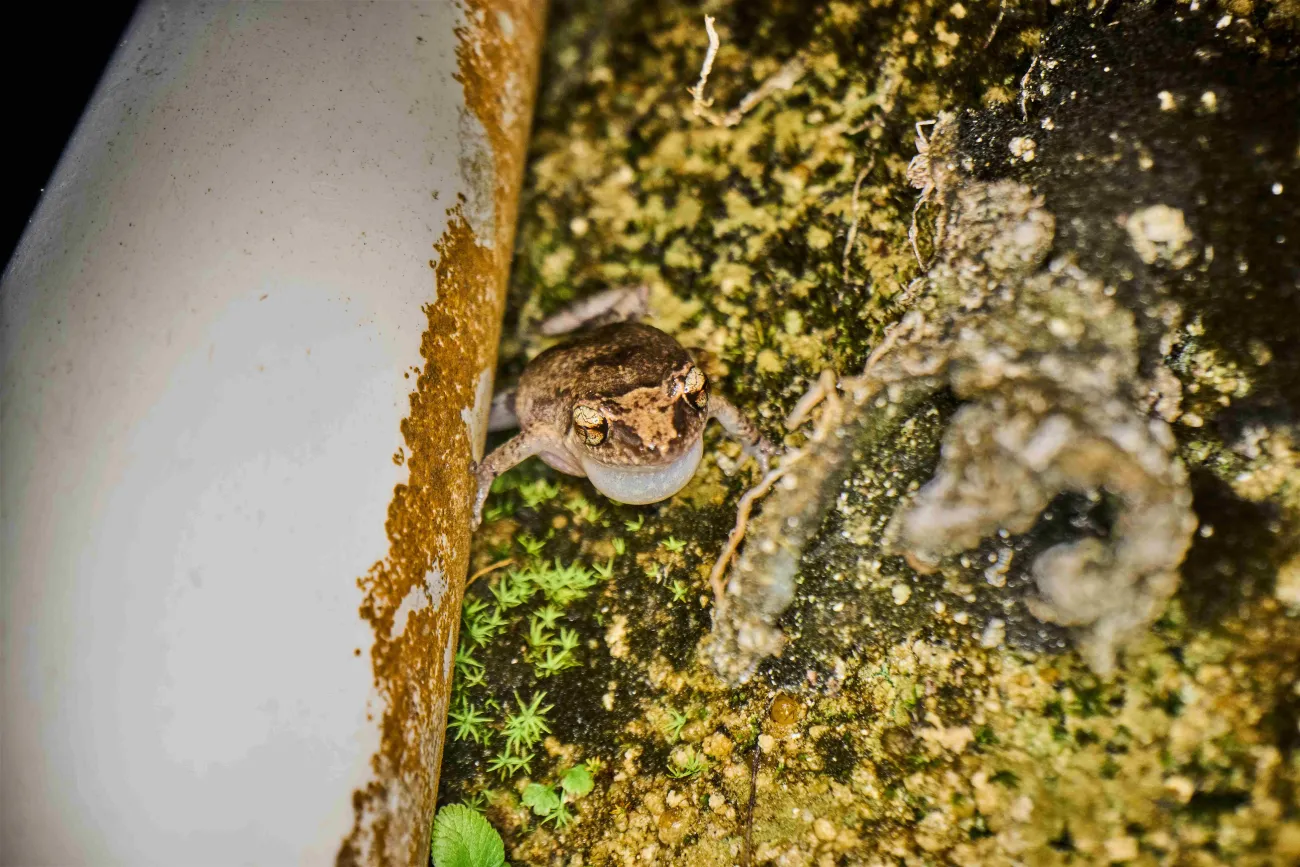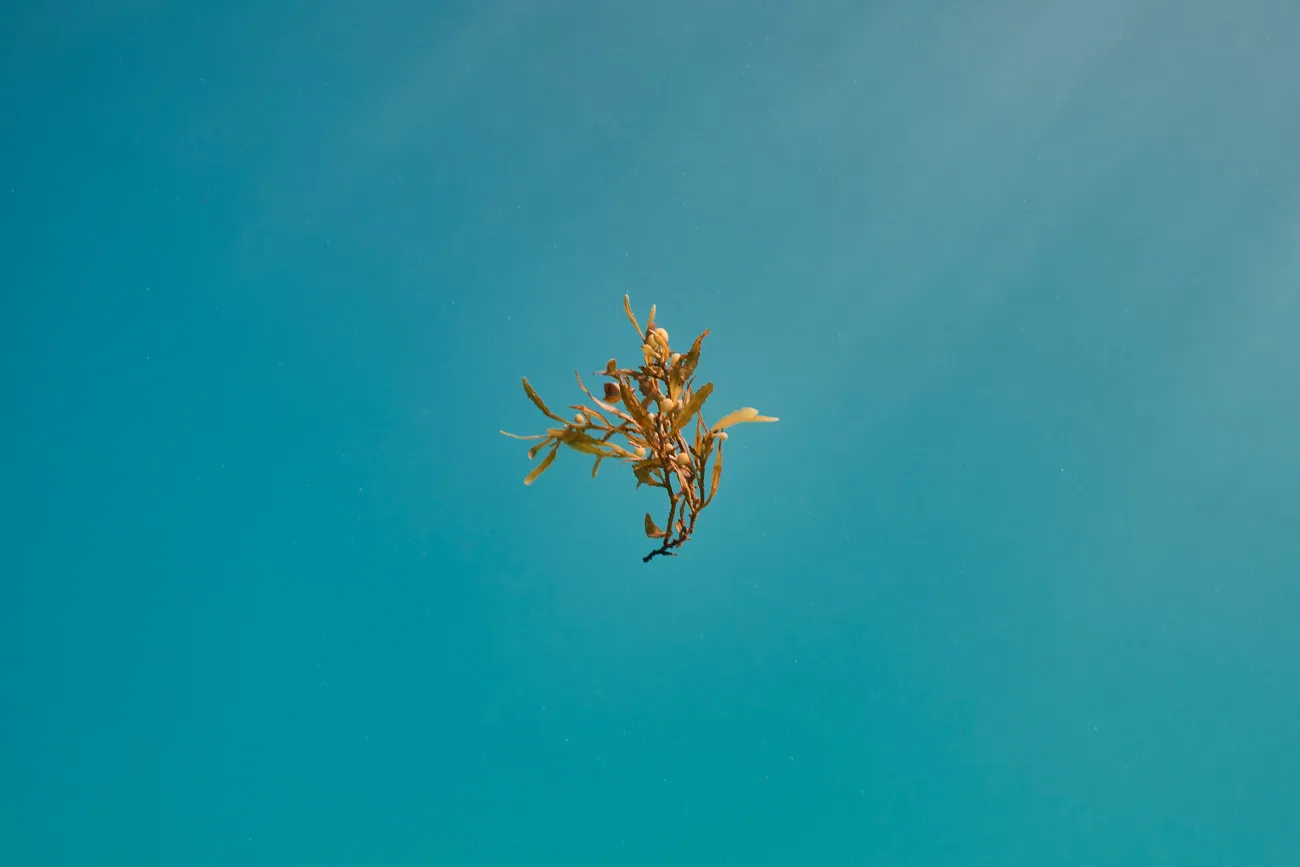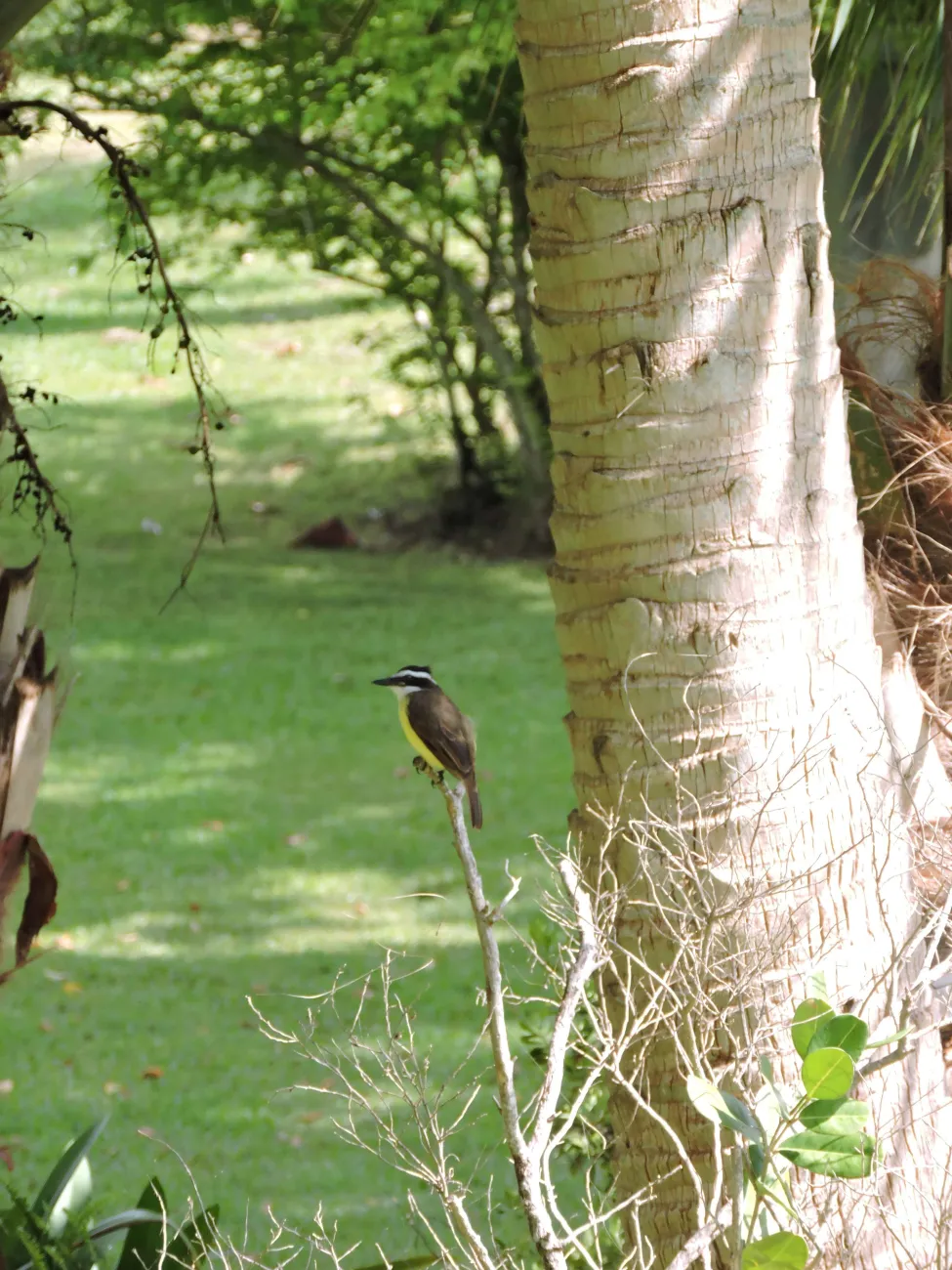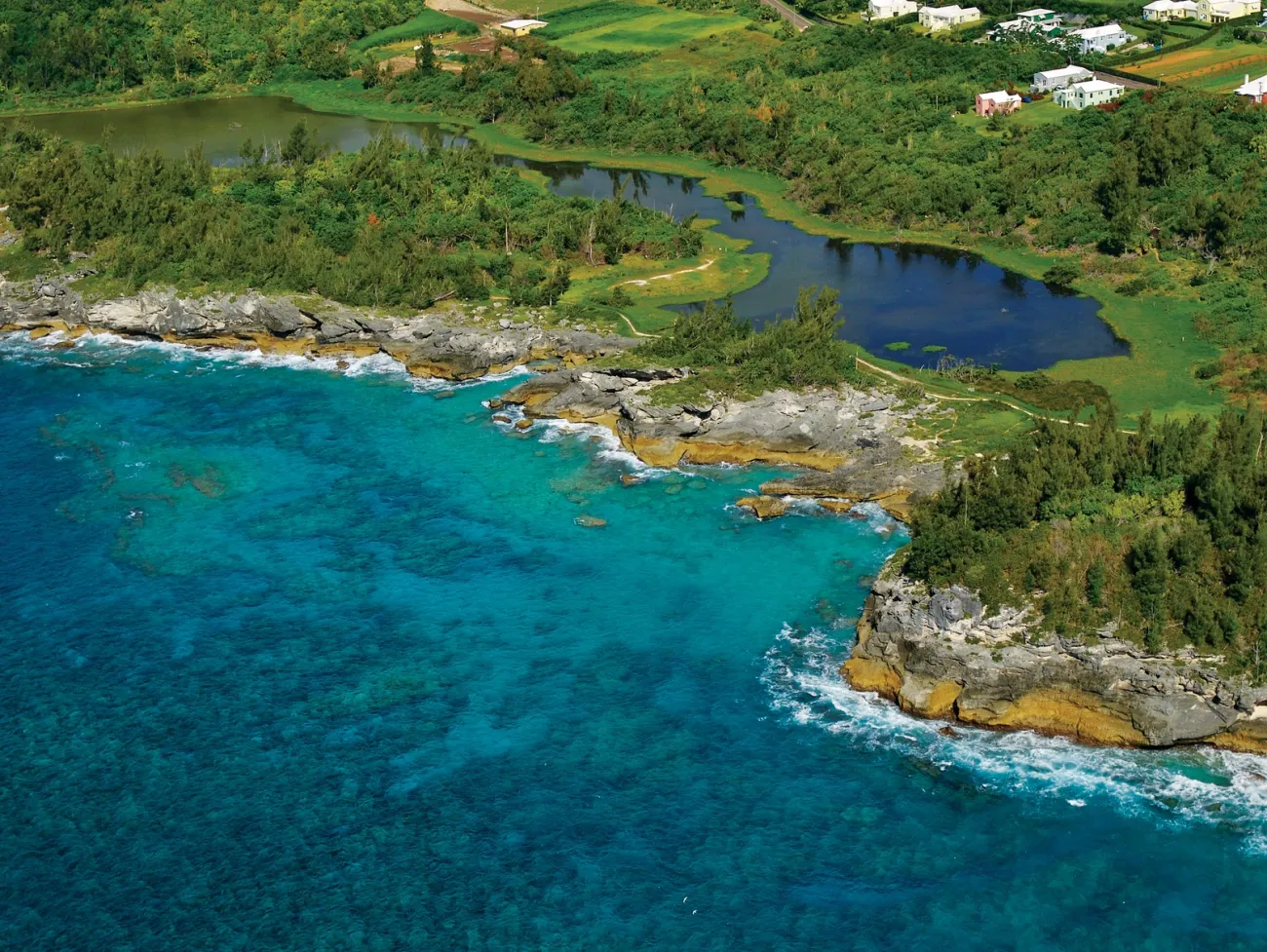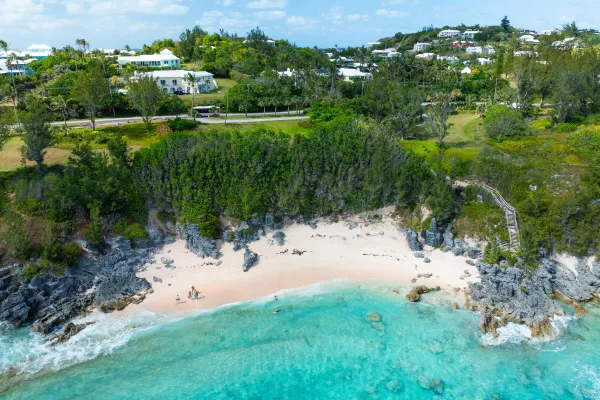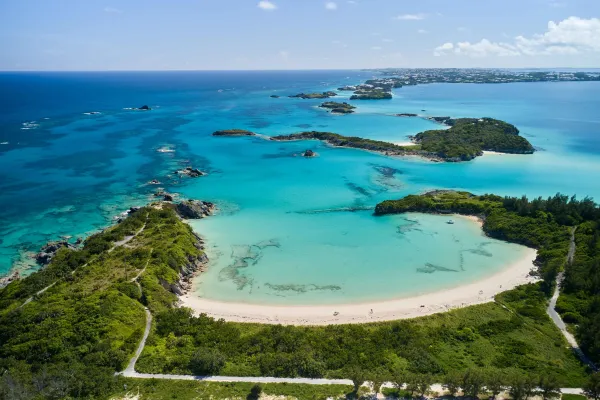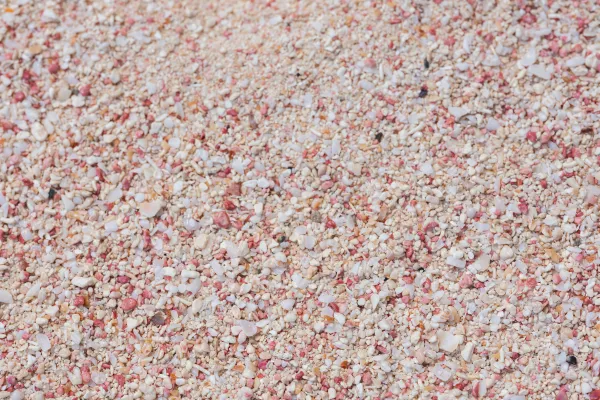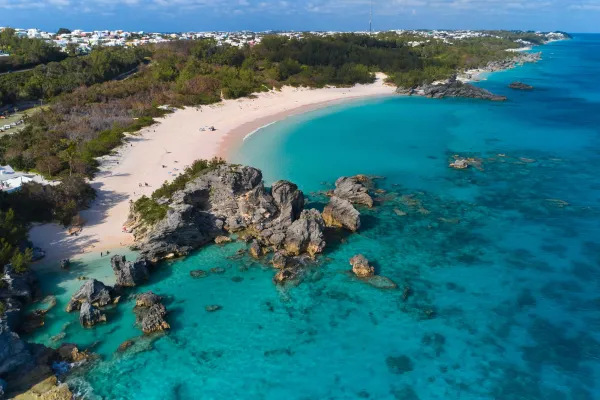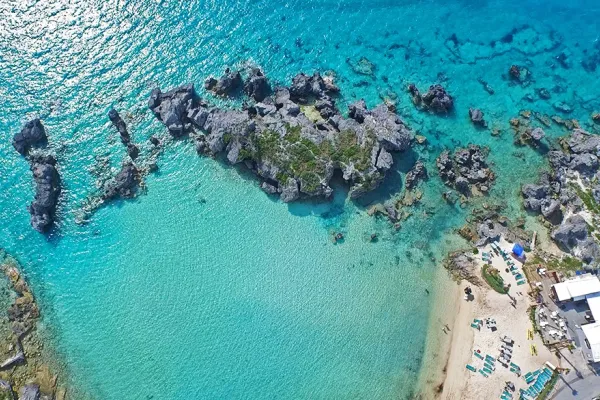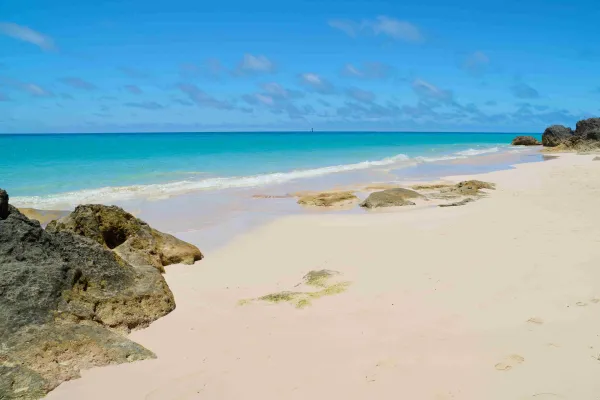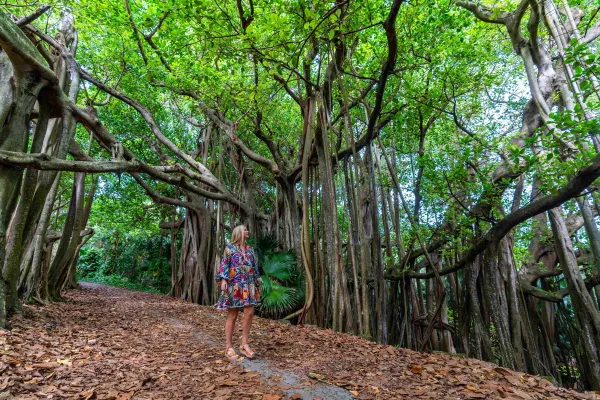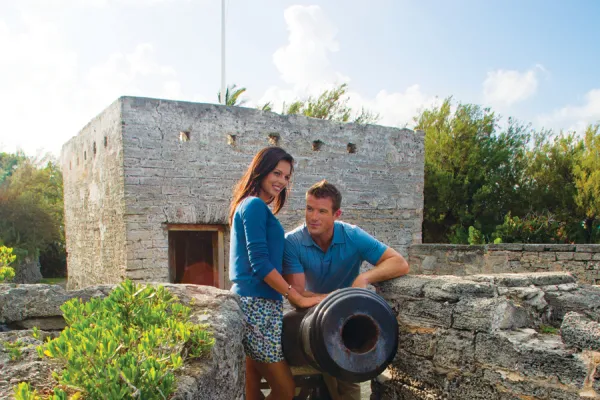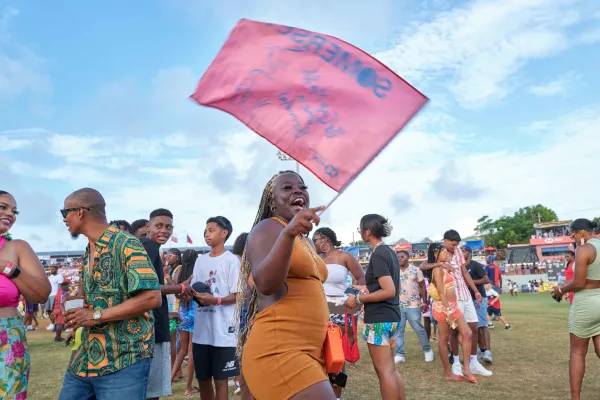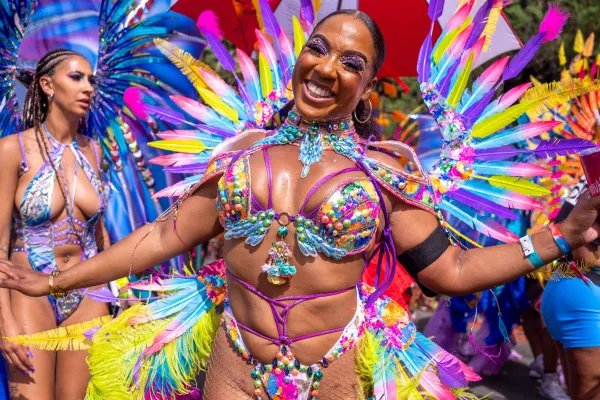Our wildlife helps make Bermuda so incredibly special, and we work diligently to protect it. Take a look at some of Bermuda’s most unique and beloved wildlife, and we’re sure you’ll agree — nature is at the heart of our island.
THE CAHOW
We must start this unique wildlife list with Bermuda’s National Bird! Commonly known as the Cahow, the Bermuda Petrel is a pelagic seabird that spends most of its life in the open water. This elusive bird was believed to have been extinct for nearly 300 years until it was found in 1951, and conservationists have worked to bring this species back from the brink ever since. Today, there are more than 330 known cahows in the world, and it’s sometimes possible to see them in flight from Cooper’s Island Nature Reserve in St. George’s.
